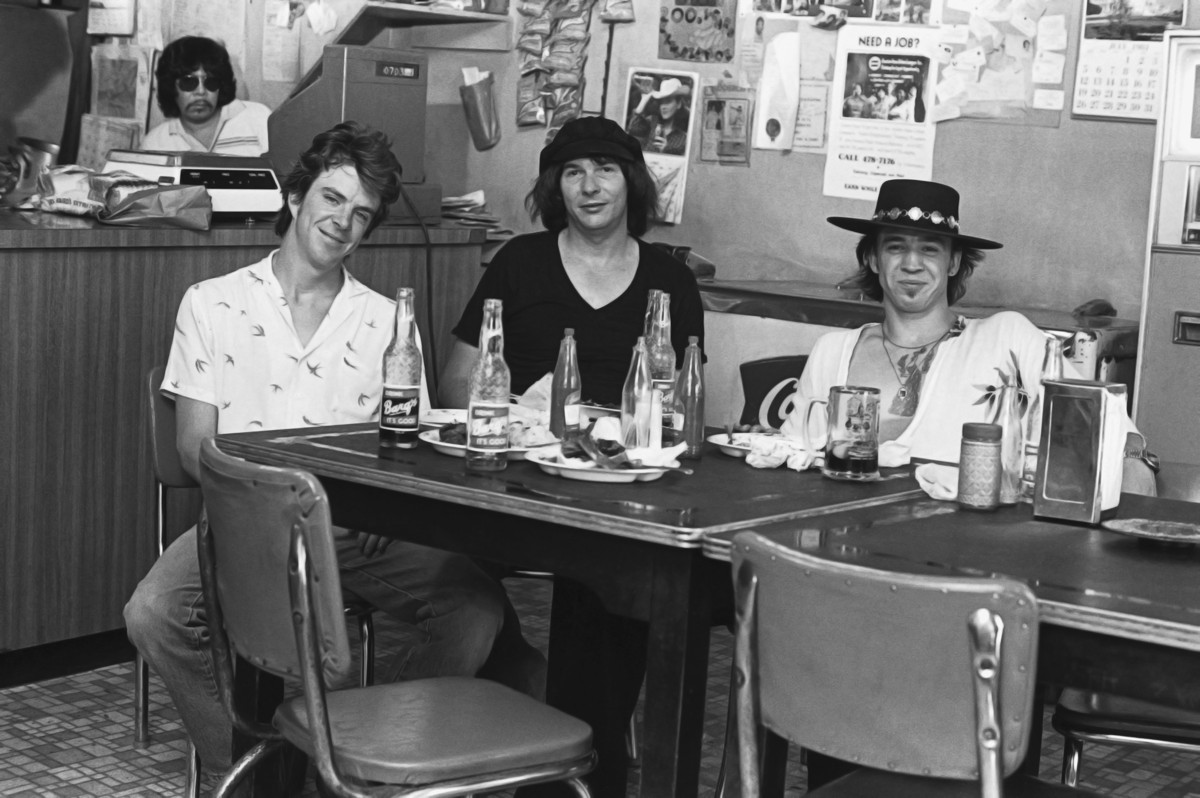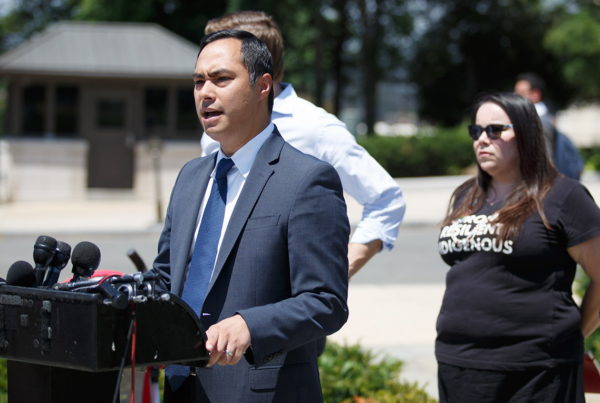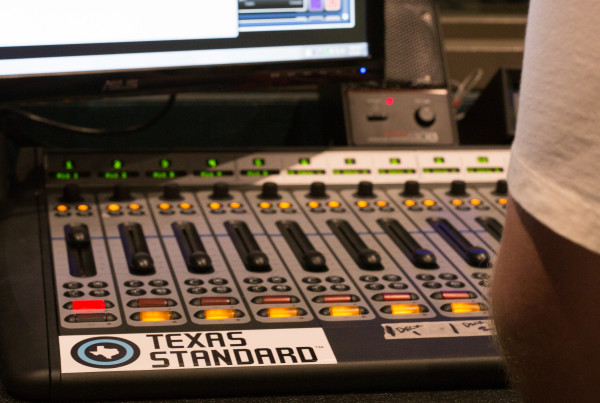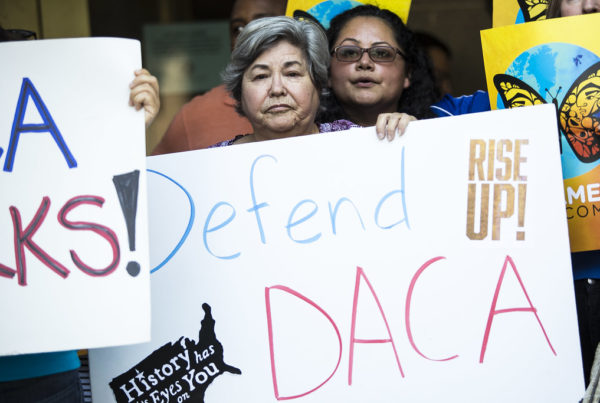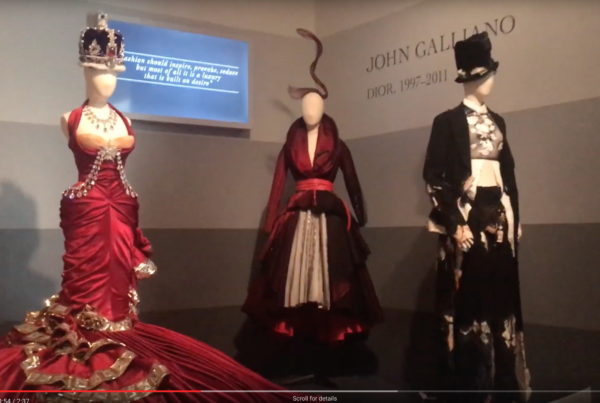Earlier this year, renowned Texas writer Joe Nick Patoski released his 10th Texas-centric book titled “Austin to ATX: The Hippies, Pickers, Slackers & Geeks Who Transformed The Capital of Texas.” It’s an in-depth look of some of Austin’s most influential figures.
Patoski uses the term “alternative Austin,” which refers to the businesses that have been shaped by outsiders, musicians, freethinkers, artists and entrepreneurs who didn’t want to follow the status quo. These creatives, drawn to Austin for its counterculture and music scenes in the 1970s, developed communities and institutions that have paved the way for film, food and tech to become the cornerstones of life in Austin today.
Patoski says he wanted to understand why Austin has the reputation it does, and why some longtime residents have what he calls a “navel-gazing” love for the city.
“I wanted to … see what happened way back when, and the ‘Big Bang’ in the early ’70s, when people quit leaving Austin, and they started coming,” Patoski says.
In the 1960s, he says young people left Austin for bigger and better things, including famous musicians like Janis Joplin. Patoski says in the ’70s, the city’s distance from media centers on the East and West Coasts made it attractive to artists of all kinds.
“We make our own stuff up,” Patoski says. “My story is all these creation myths … of these outsiders who had to come to this place and work out their ideas and make something up out of nothing.”
He points to filmmakers like Richard Linklater and Robert Rodriguez, and to Whole Foods Market founder John Mackey, too. Now, Austin-based global brands include the world’s largest chain of organic food stores and the South by Southwest Conference and Festivals, among others.
“All these things were started, usually for the wrong reasons,” Patoski says. “People just wanted to get together and do something because it was cool.”
Patoski points out the differences between Austin and the rest of Texas. He says that while the rest of the state’s economy is based on extracting resources like oil and gas, Austin’s culture and economy are based on creativity.
Much has changed in Austin, though, since the 1970s. People in creative fields struggle to afford to live there, and the city’s population and physical size is much larger. But Patoski says new arrivals continue to view Austin as the kind of city those who live there imagine it to be.
“[Austin] continues to speak to people in a way that separates it from everywhere else,” Patoski says.
Written by Shelly Brisbin.


